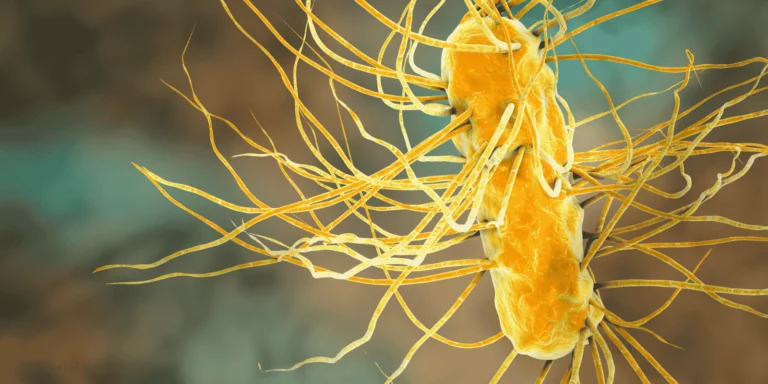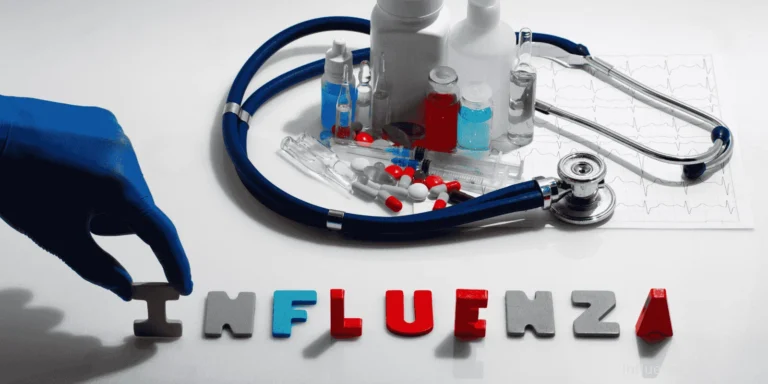“My son came home from school feeling awful,” a worried mother called to tell me. “How do I know if this is just a cold or something worse?”
This question floods my office every fall and winter. While both influenza and common colds are respiratory infections, key differences help distinguish between them — and knowing matters for treatment decisions.
Onset Speed Tells the Story
Colds develop gradually over 1-3 days. Your child might start with a scratchy throat, then develop sniffles, then progress to congestion.
Flu hits like a truck. One day your kid feels fine, the next morning they can barely get out of bed. This sudden onset is flu’s calling card.
Fever Patterns Differ
Colds rarely cause significant fever in school-age children and adults. When fever occurs, it’s usually low-grade (under 101°F) and brief.
Flu typically produces high fever — often 102°F or above — lasting 3-4 days. Kids may have chills, sweats, and feel miserable.
Body Aches Signal Flu
Cold symptoms stay “above the neck” — runny nose, sneezing, mild cough, sore throat.
Flu affects your whole body. Muscle aches, headaches, and extreme fatigue make simple activities feel exhausting.
Energy Level Changes
Cold sufferers feel tired but can usually function. Kids might be cranky but still want to play or eat normally.
Flu creates profound exhaustion. Children with flu often sleep most of the day and have no interest in activities they usually enjoy.
Cough Characteristics
Cold coughs start mild and may worsen over days. They’re usually productive, bringing up clear or white mucus.
Flu coughs can be severe from the start, often dry and hacking. They may interfere with sleep more than cold coughs.
Duration and Recovery
Colds last 7-10 days with gradual improvement throughout.
Flu symptoms peak in 2-3 days but the illness typically lasts 7-14 days. Recovery can be slow, with fatigue lingering for weeks.
When It Matters Most
Antiviral medications like Tamiflu can reduce flu duration and severity if started within 48 hours of symptom onset. They don’t help colds.
School policies often require fever-free periods before return, making accurate diagnosis important for planning.
Complications are more likely with flu, especially in young children, elderly adults, or those with chronic conditions.
Red Flags for Both
Seek medical attention if your child develops:
- Difficulty breathing or rapid breathing
- Persistent high fever (over 102°F for more than 3 days)
- Severe headache or neck stiffness
- Signs of dehydration
- Worsening symptoms after initial improvement
Prevention Strategies
Annual flu vaccines significantly reduce infection risk and symptom severity.
Good hygiene including frequent handwashing helps prevent both conditions.
Adequate sleep and nutrition support immune system function.
When to Stay Home
Fever rule: Keep kids home until fever-free for 24 hours without medication.
Symptom severity: If they’re too sick to participate in normal activities, they’re too sick for school.
Treatment Approach
Colds need supportive care: rest, fluids, and symptom management with age-appropriate medications.
Flu may benefit from antivirals when diagnosed early, plus intensive supportive care for comfort.
Understanding these differences helps parents make informed decisions about medical care, school attendance, and treatment approaches. When in doubt, consulting with healthcare providers ensures appropriate management for either condition.













